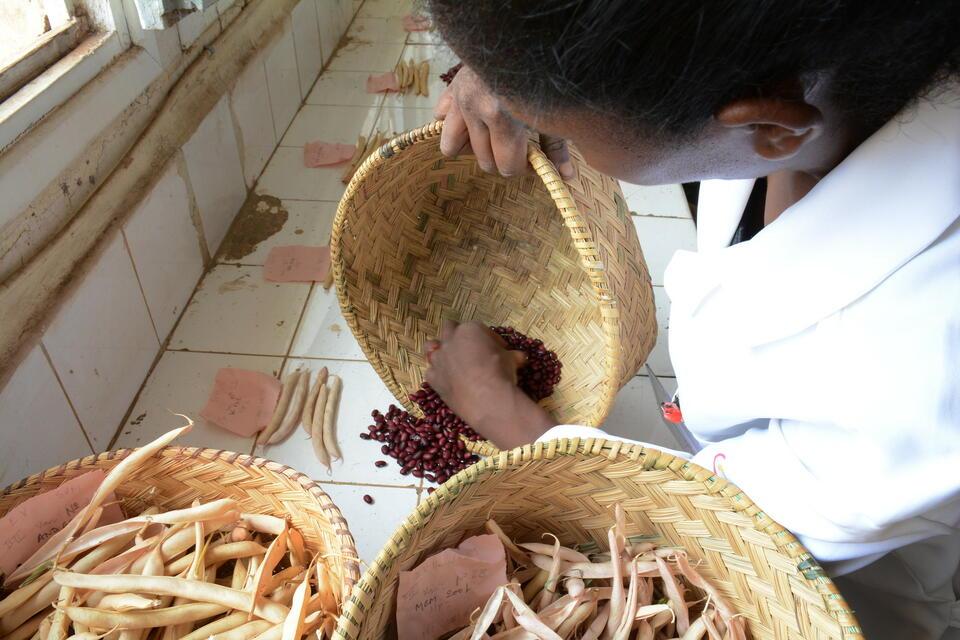For Nairobi’s informal settlements, diverse school lunches make a big difference
- From
-
Published on
12.03.25
- Impact Area

Changing the Menu
In this case study, researchers examined the meal program offered at Volunteers Foundation Academy, where students typically receive a daily lunch of ugali (maize porridge) with a side of sukuma wiki (kale) or beans. While filling, these meals often lack essential nutrients. Using the World Food Programme’s School Meal Planner (SMP) PLUS software, researchers identified five neglected and underutilized species (NUS)—African nightshade, spider plant, Bambara groundnut, hyacinth bean, and slender leaf. These climate-resilient crops are rich in vitamins, protein, and minerals, but rarely found on people’s plates.
By incorporating these NUS, the new menus met 30% of children’s daily nutritional needs while reducing meal costs by up to 67%.
Related news
-

New Genomic Discovery from ICRISAT Could Save Farmers Millions by Preventing Groundnut Sprouting Before Harvest
International Crops Research Institute for the Semi-Arid Tropics (ICRISAT)02.12.25-
Food security
-
Poverty reduction, livelihoods & jobs
Breakthrough study identifies varieties and key genes to halt sprouting before harvest in groundnut …
Read more -
-

Reinventing Kenya’s Snack Future with Dryland Grains
International Crops Research Institute for the Semi-Arid Tropics (ICRISAT)21.11.25-
Nutrition
-
Poverty reduction, livelihoods & jobs
Faces of Impact - Video Feature Story On a quiet backstreet in Mihango, Kenya, the…
Read more -
-

Growing knowledge, growing impact: How Alliance mentorship shapes emerging researchers
The Alliance of Bioversity International and the International Center for Tropical Agriculture (CIAT)20.11.25-
Environmental health & biodiversity
-
Nutrition, health & food security
Through hands-on research, mentorship, and collaboration, the PISA unit is helping emerging scientis…
Read more -
